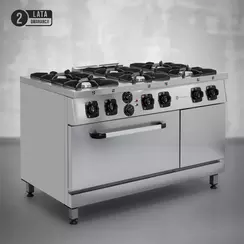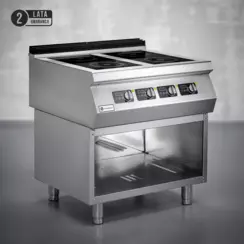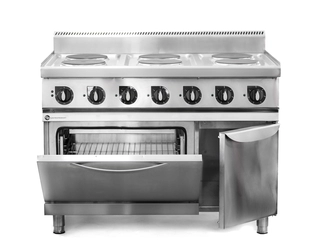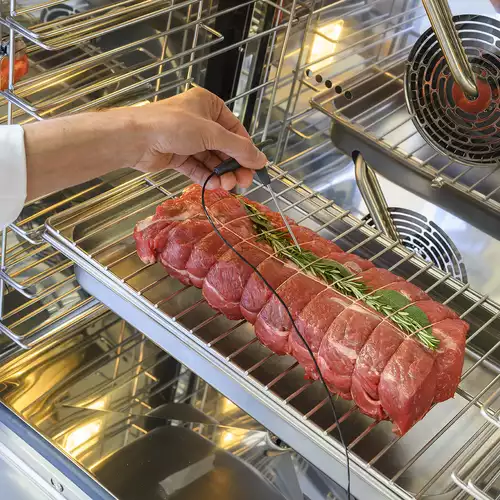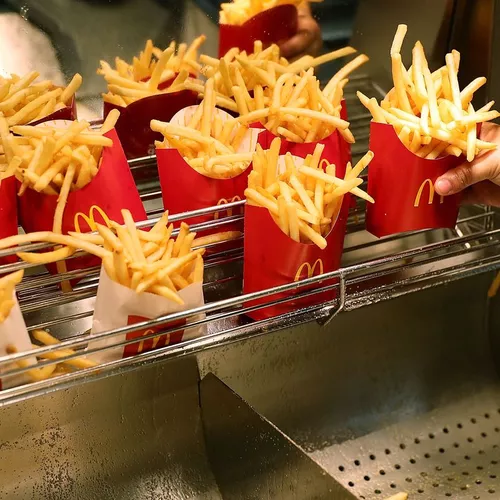In the age of a huge crisis that hit the catering industry, we are already seeing a decline in interest in catering investments. Nevertheless, there are plans to revive the economy across Europe in the near future. Thus, the catering industry will probably begin to recover. In place of premises that could not withstand the pressure and lockdown, there will probably be new premises that will have to invest appropriately.
The question is, how to wisely and wisely invest in the beginning? Should equipment, which is very important after all, be new, or maybe used? Additionally, what catering equipment should you choose for the start? There are many questions, and so are the answers. So we took a moment and thus prepared a mini guide that will allow companies starting their adventure with professional gastronomy to buy the necessary equipment.
GP | Catering equipment - Gastronomy equipment and their division
As in any other industry, in gastronomy there is also a division into equipment that allows and allows you to work efficiently and which is necessary, and equipment without , but which is definitely worth having. Now that we have set ourselves the goal of introducing you to the equipment in this article that you should have in a restaurant, small restaurant or just anywhere, where meals are produced, we will adopt the above division. Additionally, catering equipment is divided into:
- equipment for use in the back room, i.e. the kitchen;
- auxiliary equipment to speed up the preparation of meals or, for example, transport;
- catering equipment for use at the place where meals are served
- equipment that is used to transport food, such as transporting custom meals or providing external catering.
The above division makes it much easier to prepare the purchase in terms of the necessary equipment for the operation.
GP | Catering equipment - Kitchen equipment and kitchen facilities
The kitchen is not only the heart of every home, it is the heart of every restaurant or gastronomic establishment. Regardless of whether the kitchen remains hidden behind a wall or can be seen while sitting in the dining room, it should be impeccable in every way. The right kitchen equipment is essential. Due to the fact that we do not want to suggest to you what exactly you should buy, we will present a general outline of gastronomic equipment necessary in kitchens in professional dining establishments:
- p equipment for the preparation of products, including tables, countertops, trays and all equipment;
- equipment for the preparation of a meal before proceeding to its thermal treatment, here we refer to tops, bowls;
- equipment for thermal processing, i.e. ovens, toasters, stoves, gas and induction hobs;
- equipment for arranging food, such as tables, countertops or wheels;
- equipment for washing, cleaning and disinfection, it includes dishwashers, steamers and all equipment necessary to keep the kitchen, restaurant or small premises clean.
The mere provision of the kitchen with gastronomic equipment is often over 70% of the total expenditure that is necessary to prepare a gastronomic establishment.
See gastronomic equipment at gastroprodukt.pl
GP | Catering equipment - Equipment for serving, transporting and storing food
Since we've already mentioned & ldquo; essentials & rdquo; for kitchen and backroom equipment, let's now consider equipment for serving, transporting and storing food. Ice cream, freezers and freezers, you cannot save on this, although it is now assumed that it is better to buy something less than store it for a long time. When it comes to all kinds of boxes and bowls, these should be either glass or stainless steel. It is estimated that food storage equipment costs about 10% of all equipment.
Next in order is serving. Here it is worth focusing on trays and in zkach. Of course, there are also dishes, plates, cutlery, and the dressing itself for the employees who serve customers. And the key thing, tables, sofas, chairs where guests sit. They must be massive, comfortable and properly matched to the needs.
Food should be transported in suitable thermal bags so that the food stays warm. Catering transport requires the use of special, thermal vessels and appropriate boxes. The share in the total costs of this type of catering equipment is not large and amounts to only a few percent.
The whole is, of course, complemented by the arrangement of the entire catering facility, arrangements and all kinds of equipment for the dining room, as well as changing rooms for employees and social rooms. It all adds up to the gastronomy equipment that is necessary to run your own restaurant.



